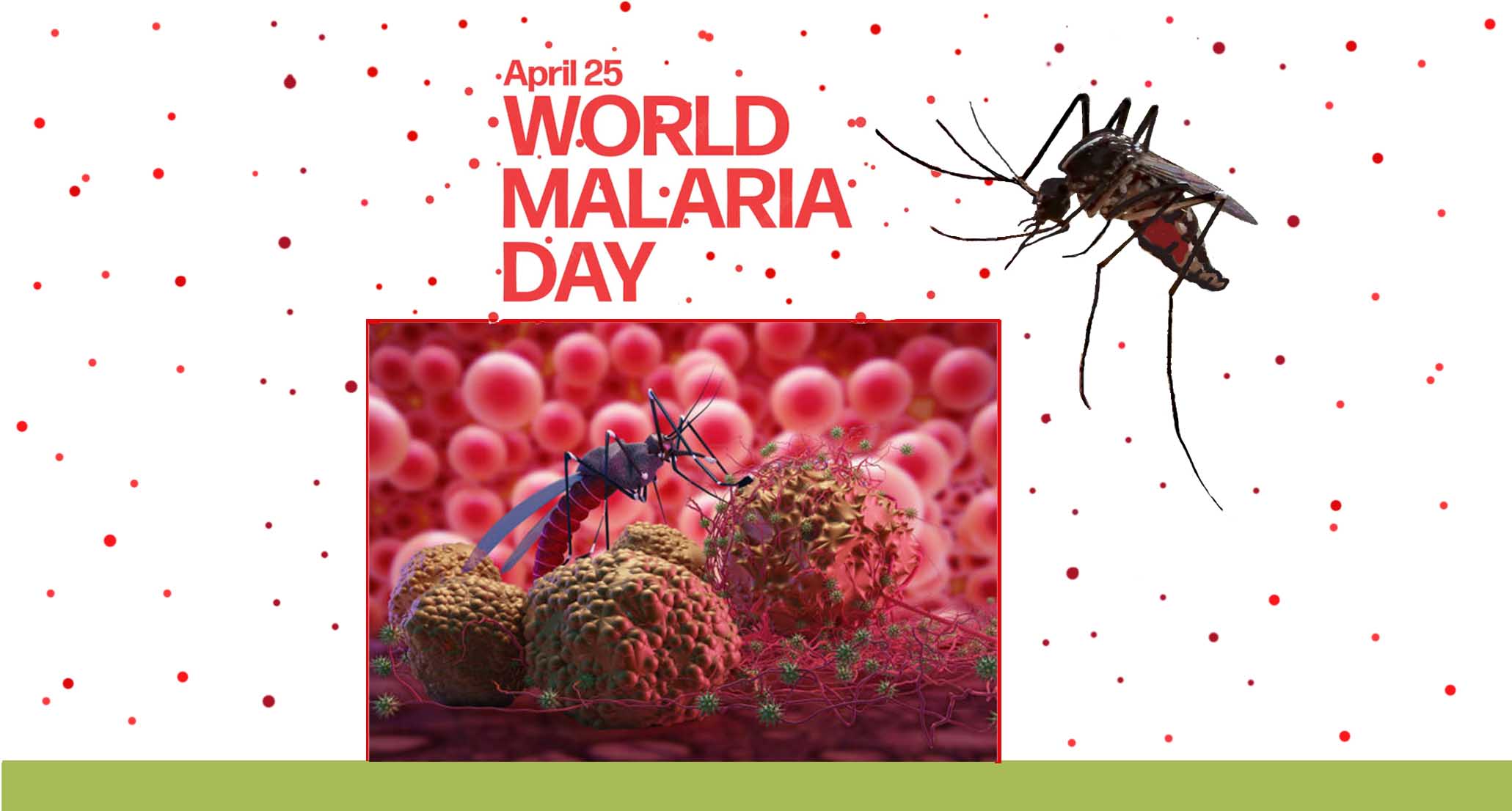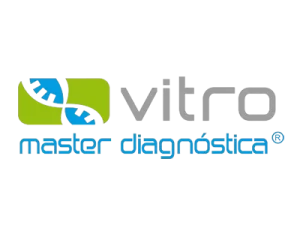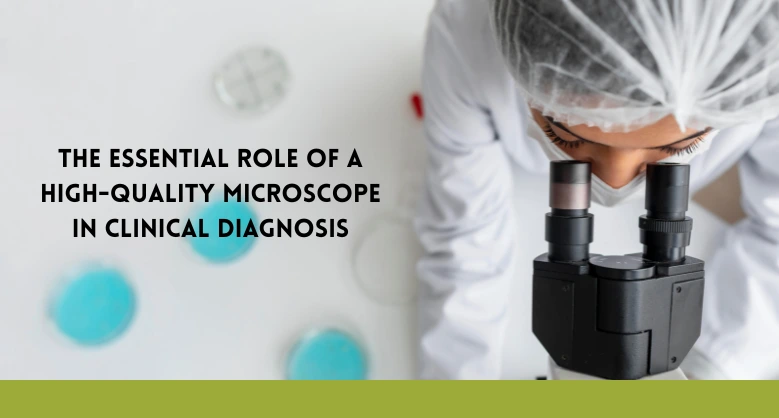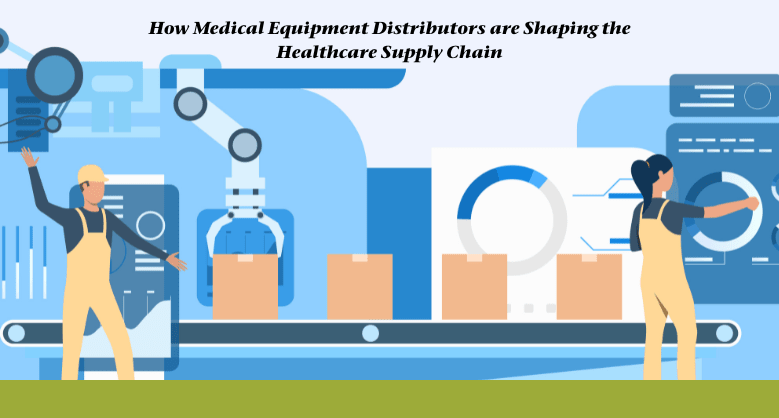DSS: Redefining Biotechnology & Life Science in India
- About Us
- Products & Services
PRODUCTS & SERVICES
-
Kits Reagents & Consumables
- Cytogenetics
- Dyes
- Fluorescence In Situ Hybridization (FISH)
- High-Performance Liquid Chromatography (HPLC)
- Histology
- Immuno Histo Chemistry (IHC)
- Molecular Pathology & Diagnostics
- Multiplex Ligation-Dependent Probe Amplification (MLPA)
- Nucleic Acid Extraction
- PharmDx
- Real Time PCR
- Sequencing
- Special Stains
-
Instruments
- Biosafety
- Cameras
- Cell Culture monitoring
- CO2 Incubator
- Cytogenetics Systems
- Digital Slide Scanners
- Electrophysiology Systems
- Endoscopy System
- Fluorescence In Situ Hybridization (FISH)
- H&E
- Immuno Histo Chemistry (IHC)
- Microfluidics
- Microscopes
- Molecular Pathology & Diagnostics
- Multichannel Imaging Systems
- Real Time PCR
- Special Stains
- Software
- Accessories
- Advanced Material
-
Kits Reagents & Consumables
- Applications & Specialities
All Applications & Specialities
- Brands
- Contact Us
-

-
 0
0
- ☰
- About Us
- Products & Services
-
Kits Reagents & Consumables
- Cytogenetics
- Dyes
- Fluorescence In Situ Hybridization (FISH)
- High-Performance Liquid Chromatography (HPLC)
- Histology
- Immuno Histo Chemistry (IHC)
- Molecular Pathology & Diagnostics
- Multiplex Ligation-Dependent Probe Amplification (MLPA)
- Nucleic Acid Extraction
- PharmDx
- Real Time PCR
- Sequencing
- Special Stains
-
Instruments
- Biosafety
- Cameras
- Cell Culture monitoring
- CO2 Incubator
- Cytogenetics Systems
- Digital Slide Scanners
- Electrophysiology Systems
- Endoscopy System
- Fluorescence In Situ Hybridization (FISH)
- H&E
- Immuno Histo Chemistry (IHC)
- Microfluidics
- Microscopes
- Molecular Pathology & Diagnostics
- Multichannel Imaging Systems
- Real Time PCR
- Special Stains
- Software
- Accessories
- Advanced Material
-
Kits Reagents & Consumables
- Applications & Specialities
- Brands
- Brand - Life Sciences
- 3i
- ABBERIOR INSTRUMENTS
- Abbott Molecular
- ADS Biotec
- APPLIED SPECTRAL IMAGING
- BioAir Tecnilabo
- DAKO (AGILENT)
- Eden Tech
- Elveflow
- ENTROGEN
- EUROCLONE
- EVIDENT
- Genea
- Hamamatsu Photonics
- Invivoscribe
- MASTER DIAGNOSTICA
- MBF BIOSCIENCE
- Medical Tek Co. Ltd
- MILESTONE MED SRL
- Molecular Machines & Industries
- MRC HOLLAND
- NeoDx
- Onward Assist
- PHOTOMETRICS
- Profound
- SCIENTIFICA
- µCyte
- Seqlo
- Brand - Industrial
- Brand - Life Sciences
- News & Events
- Career
- Contact Us
- Testimonial
- Blogs
- R&D
- CSR

MALARIA – AN EPIDEMIC OR PANDEMIC
BY Anima Das April 21, 2022
World Malaria Day is on April 25, every year all around the World awareness programmes are organized.
Eradication of Malaria – a mosquito-borne infectious disease, is on the priority list for the International Health Organization as it has impacted world history more than any other infectious disease threatening the lives of more than half a million people every year, thus making it a major public health concern for the Medical body.
Malaria is an acute febrile illness that is caused by the Mosquito Plasmodium parasite bite. People infected by malaria parasites experience fever, chills, and weakness. If such a patient is left untreated it becomes fatal, severe complications arise and eventually may not survive. Malaria might be a deadly disease but it can be prevented if timely medication is given and with proper treatment. The diagnosis of Malaria can be done using parasite based diagnostic testing. Early diagnosis helps to treat the patient effectively, reduces transmission and stops becoming an Epidemic situation. Hence full elimination at the earliest of the Plasmodium parasite prevents it from spreading. The treatment is Artemisinin-based combination therapy. Artemisinin-based combination therapies (ACTs) are the first-line therapy that is followed in almost all countries where malaria is endemic due to the high efficacy, tolerability, and ability of ACTs to reduce ongoing transmission of the parasite.

To say if Malaria is Epidemic or Pandemic we need to first get clarity regarding these two terms.
In case of an epidemic, the disease actively spreads within a community. It is an outbreak that affects one or more populations at a rapid rate, in a smaller geographical location. The disease affects a large number of people and is uncontrollable as it spreads rapidly. In the case of Malaria, the carrier Anopheles Mosquitoes transfers this disease to individuals and multiplies quickly.
Factors that affect local Malaria Transmission patterns may change their effect year to year depending upon weather conditions, and mosquito density, likewise of the particular region.

Pandemic is spreading any disease over multiple countries or continents. Its large-scale outbreaks of infectious disease can greatly increase morbidity and mortality over a wide geographical area and may cause significant economic, social as well as political disruption. A Pandemic can easily be referred to as an Epidemic that just got a passport to travel abroad.
So to recap a pandemic is one that affects large numbers of people across the world. Whereas an epidemic falls between the two, it is an outbreak of disease that is actively spreading and may have the potential to become a pandemic too. Epidemiologists have to be cautious about how they describe any disease event so that the public is well-informed and how they will respond to it.
Labelling any disease as less of a risk than it actually is could prevent people from being careful and protecting themselves. On the other hand, labelling the disease to be at a bigger risk or life-threatening also could incite more panic among people than necessary.
Hence, if any disease is limited to an isolated region, epidemiologists refer as an outbreak. If the disease is actively spreading or growing out of control, they may term it an epidemic. Once the disease starts affecting large populations across borders, it is regarded as a pandemic.
To stop a disease from progressing from an outbreak to a full-blown pandemic, WHO and the CDC use staging models with multiple phases, to get help from experts and world leaders, who can come together to coordinate a response using the resources available to them.
In 2020 an estimated 241 million cases of malaria occurred worldwide and around 627,000 people died. Mostly the children in sub-Saharan Africa were greatly affected. An average of 2,000 cases of malaria are diagnosed in the United States each year. The vast majority of cases in the United States are travellers and immigrants returning from countries where malaria transmission occurs, many from sub-Saharan Africa and South Asia.
India has also been battling against malaria for many years since 2009 and accounts for the third-highest global malaria burden. About 1.5 million cases of malaria were reported in the same year, especially in the urban areas of Orissa, Jharkhand, and Chhattisgarh. India has seen a significant decline in malaria cases in recent years due to Malaria Elimination efforts that were initiated in the country in the year 2015. The National Framework for Malaria Elimination (NFME) program was intensified after its launch in 2016 and the National Strategic Plan for Malaria Elimination in 2017–22. Different strategies were laid down for the next five years that have helped India to reduce the number of cases in the country, from about 20 million to around 6 million. India was the only high-endemic nation in the World to see a decrease of 17.6% in 2019 as compared to 2018
Plasmodium falciparum and vivax have been reported to be the most common among other Plasmodium species causing malaria in humans in India especially in the eastern state of Orissa, whereas Plasmodium Ovale seems to be scarce or non-existent. For the prevention of these vector-borne diseases (vector may be any living agent e.g human or animal, carrying and transmitting the infectious pathogen to another living organism), the Indian government has carried out a number of programs in the last few years including the National Vector Borne Disease Control Programme (NVBDCP) and the National Rural Health Mission (NRHM), with the aim to eradicate Malaria virus from our country, which has tremendously helped in improving upon infected cases.
Latest Articles
The Essential Role of a High-Quality Microscope in Clinical Diagnosis
BY DSS Imagetech Pvt Ltd August 1, 2025
Microscopy has long been an indispensable tool in clinical diagnosis, enabling visualization of cells, tissues, and microorganisms that cannot be seen with the naked eye. The accuracy and reliability of diagnostic outcomes often depend on the quality of the microscope used. A high-quality microscope ensures superior image clarity, resolution, contrast,...
Read MoreTop Biotechnology Products Revolutionizing Modern Science
BY DSS Imagetech Pvt Ltd July 29, 2025
Biotechnology products are changing our world in ways we could barely imagine just a few years ago. From the lab to the field, these innovations are helping us solve some of our biggest challenges in healthcare, agriculture, and environmental protection. Biotech is growing rapidly, with companies worldwide creating breakthrough solutions...
Read MoreHow Medical Equipment Distributors are Shaping the Healthcare Supply Chain
BY DSS Imagetech Pvt Ltd June 27, 2025
Medical equipment distributors play a crucial role in our healthcare system, serving as the backbone of an increasingly complex supply chain. In fact, distributors sell over 90% of all prescription drugs, making them essential intermediaries between manufacturers and healthcare providers. When we look at the broader picture, the United States...
Read More



























